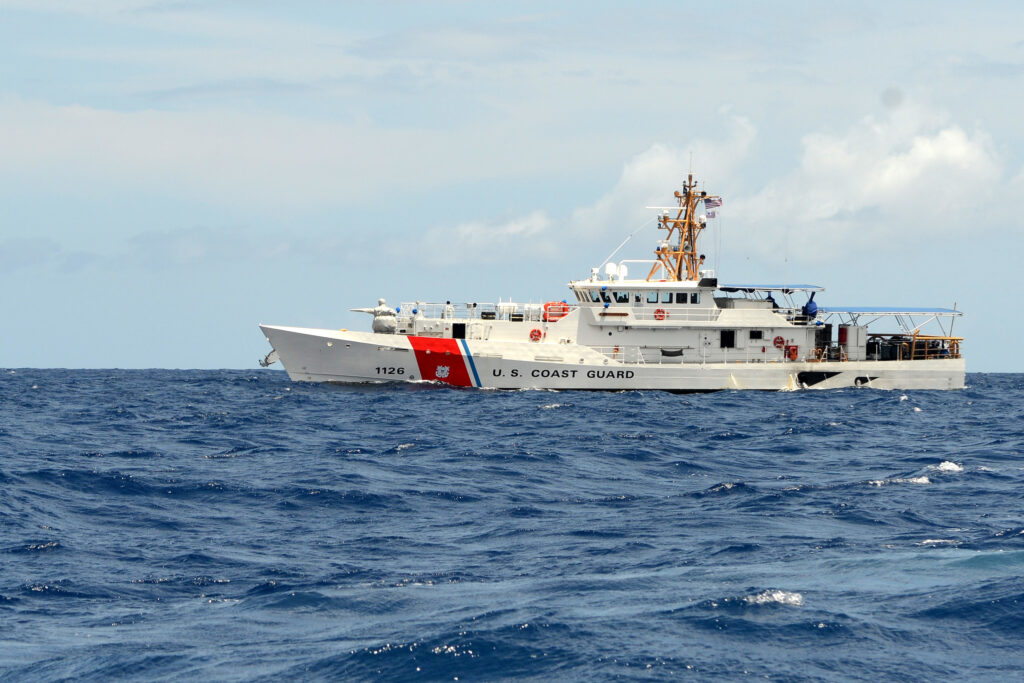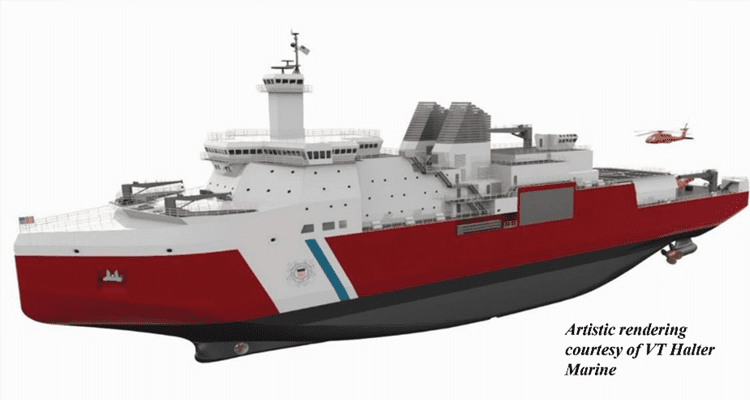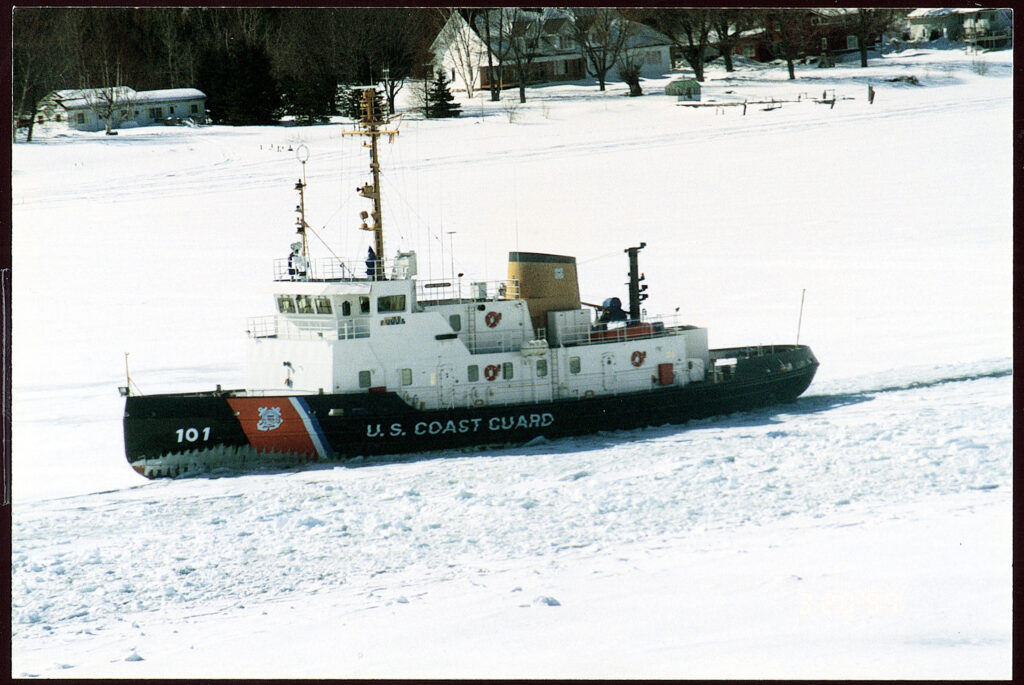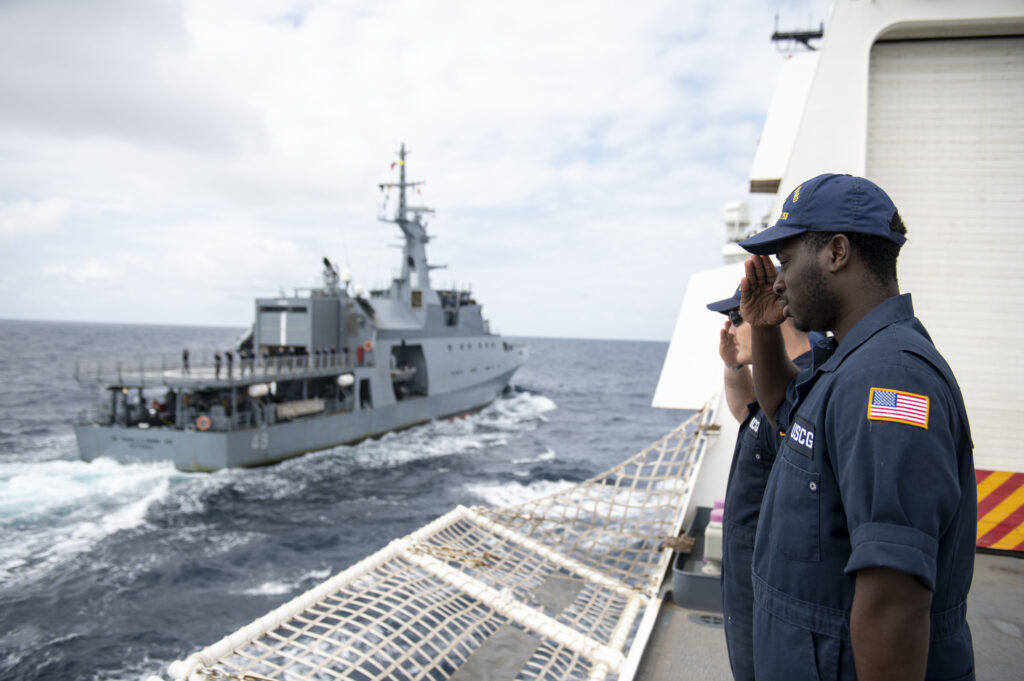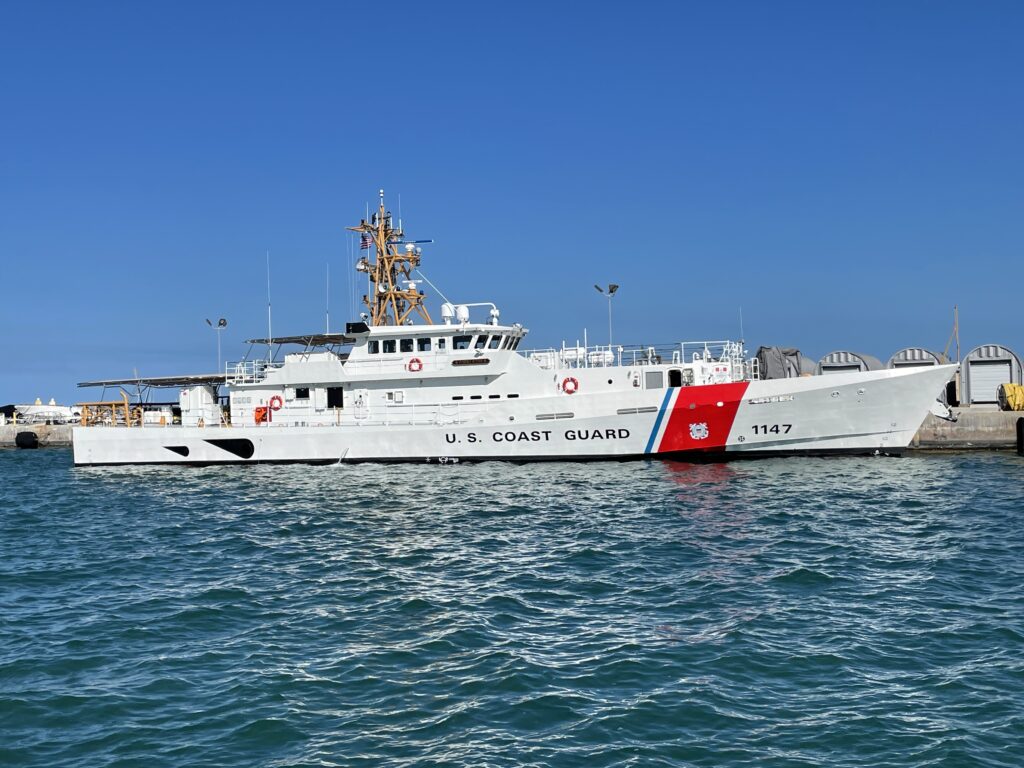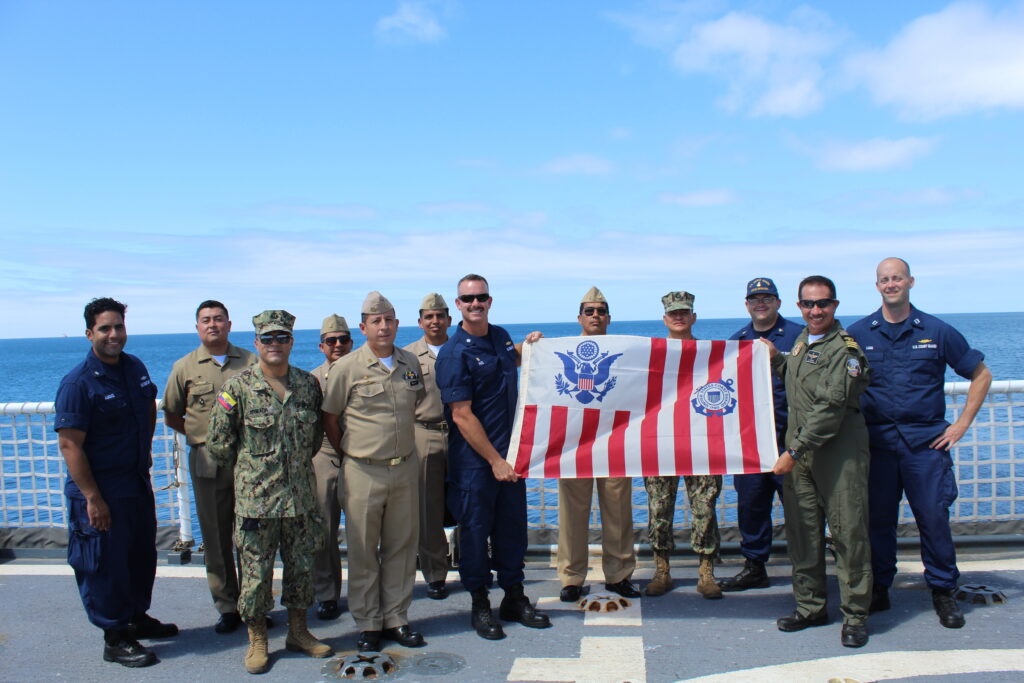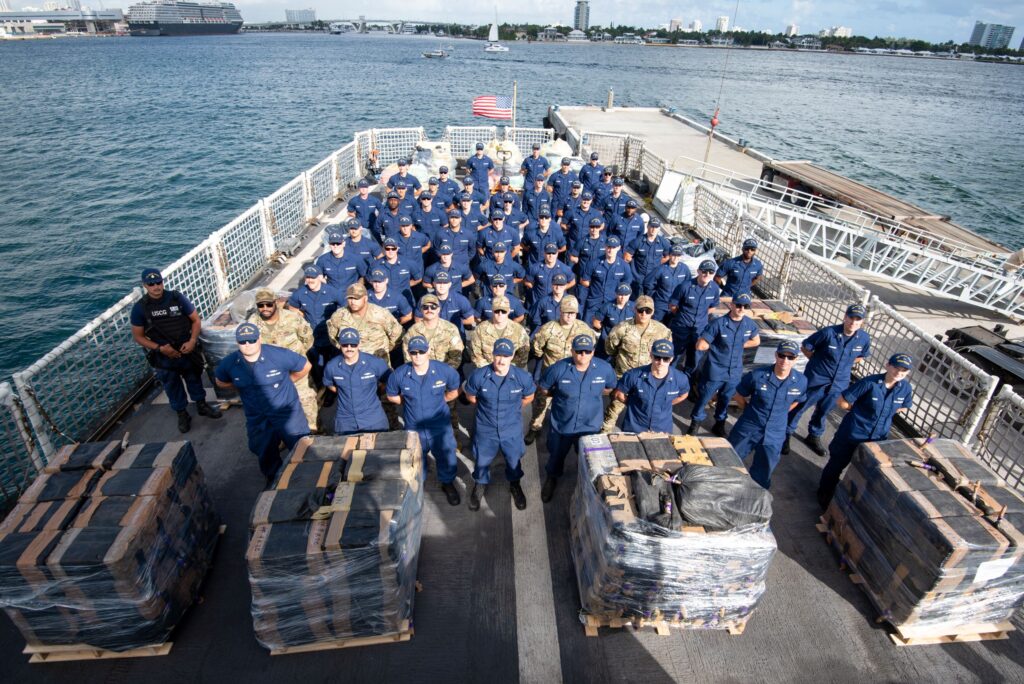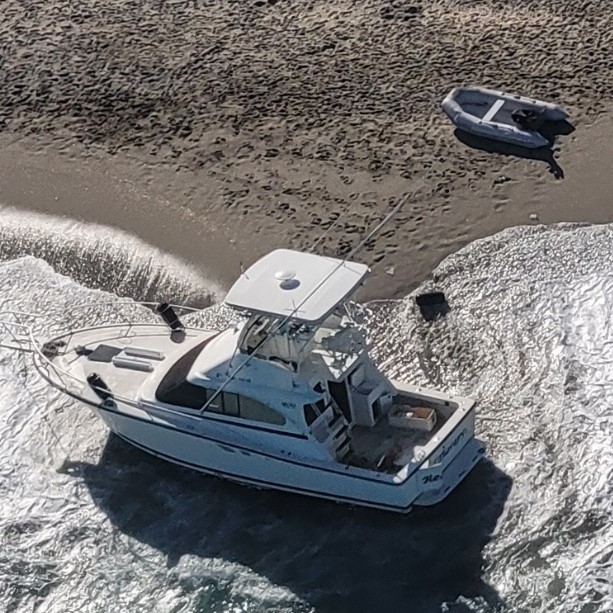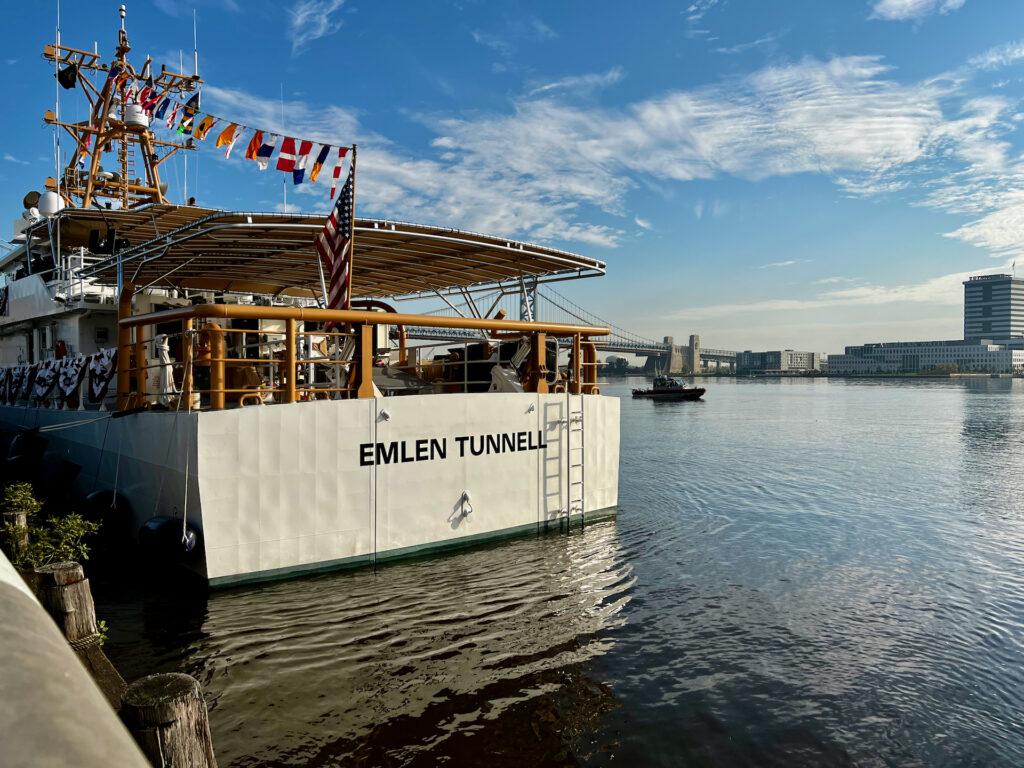USCGC Thetis Returns Home from 68-day Counter-Narcotic Deployment
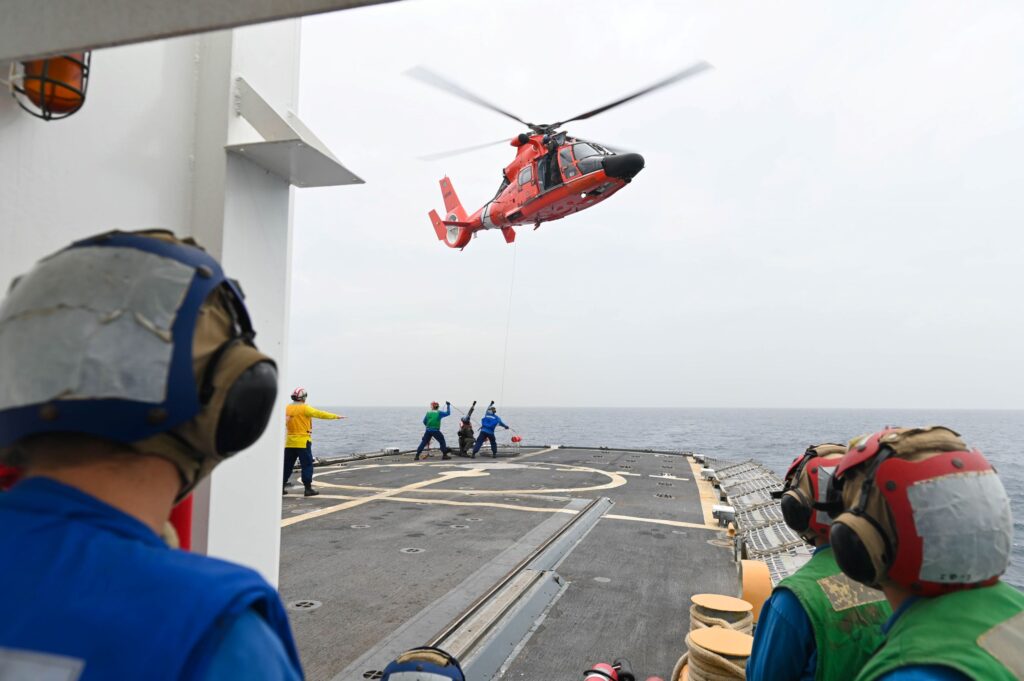
KEY WEST, Fla. – The U.S. Coast Guard Cutter Thetis’s crew (WMEC 910) returned to homeport in Key West on Jan. 26 after a 68-day transit escorting the Coast Guard Cutters Emlen Tunnell (WPC 1145) and Glen Harris (WPC 1144) across the North Atlantic en route to their new homeport in Manama, Bahrain.
Thetis’ crew worked alongside NATO Allies and interagency partners in the region while transiting in the U.S. Navy’s 6th Fleet area of responsibility.
During the patrol, Thetis’s crew received a report from Spain’s Las Palmas Rescue Coordination Center of two overloaded migrant rafts taking on water. Thetis, Glen Harris and Emlen Tunnell crews worked together to rescue 103 migrants from overloaded and unseaworthy vessels and recovered two deceased migrants. The rescued individuals were provided food and medical care prior to being transferred to a Royal Moroccan Navy frigate.
“While escorting two new cutters across the Atlantic, we responded to a distress call and quickly transitioned to our service’s core mission of search and rescue,” said Cmdr. Justin Nadolny, the commanding officer of Thetis. “Working alongside a Moroccan ship, we were able to rapidly respond to those in distress. The case reinforced the importance of joint operations and reaffirmed the U.S. Coast Guard’s presence in the region to ensure the safety of life at sea. I am exceedingly proud of our professional and highly capable team. The crew of all three ships showed remarkable vigilance and adaptability. This case highlighted the Coast Guard’s ability to operate worldwide to protect and save those in distress on the ocean, along with our ability to work seamlessly with international partners to accomplish a shared mission.”
Thetis’ crew strengthened international partnerships in various ports, hosting military and Coast Guard leaders in Fortaleza, Brazil and Mindelo, Cape Verde. Thetis’s crew also embarked a Cape Verdean Coast Guard officer aboard for two weeks. The professional exchange was mutually beneficial, providing U.S. Coast Guard members with a deeper understanding of maritime activity in the region while passing on valuable lessons to our foreign allies.
Prior to departing Cape Verde, U.S. Ambassador Jeff Daigle visited Thetis. The ambassador’s visit showcased the importance of the maritime partnership between the U.S. and Cape Verde while demonstrating the commitment to the shared goal of global maritime security and stability on the African continent.
Thetis deployed with a MH-65 helicopter and aircrews from Air Station Miami and Houston to increase their capabilities. The aviation detachment and cutter crew worked together to conduct day and night flight operations and practice rescue hoists.
Thetis is the first 270-foot medium-endurance cutter to escort fast response cutters across the Atlantic in support of the Coast Guard’s Patrol Forces Southwest Asia mission. These cutters are the third and fourth to be deployed to the region, with the final two scheduled to be delivered to Bahrain in the spring of 2022.
